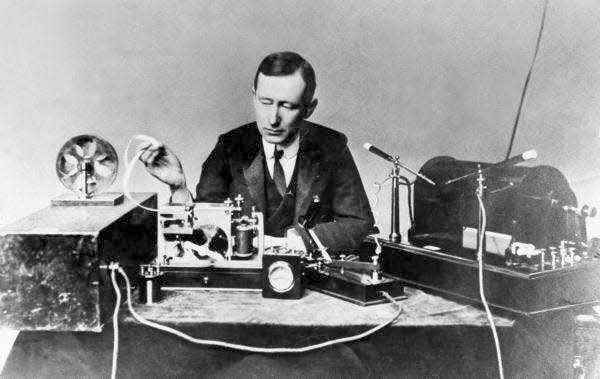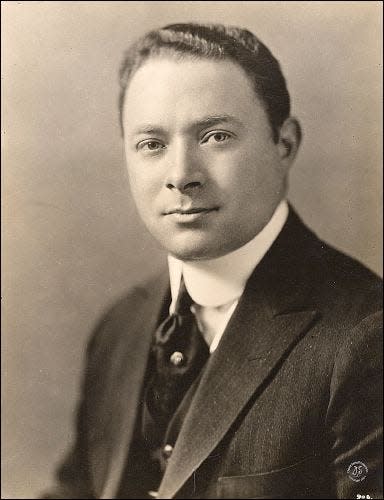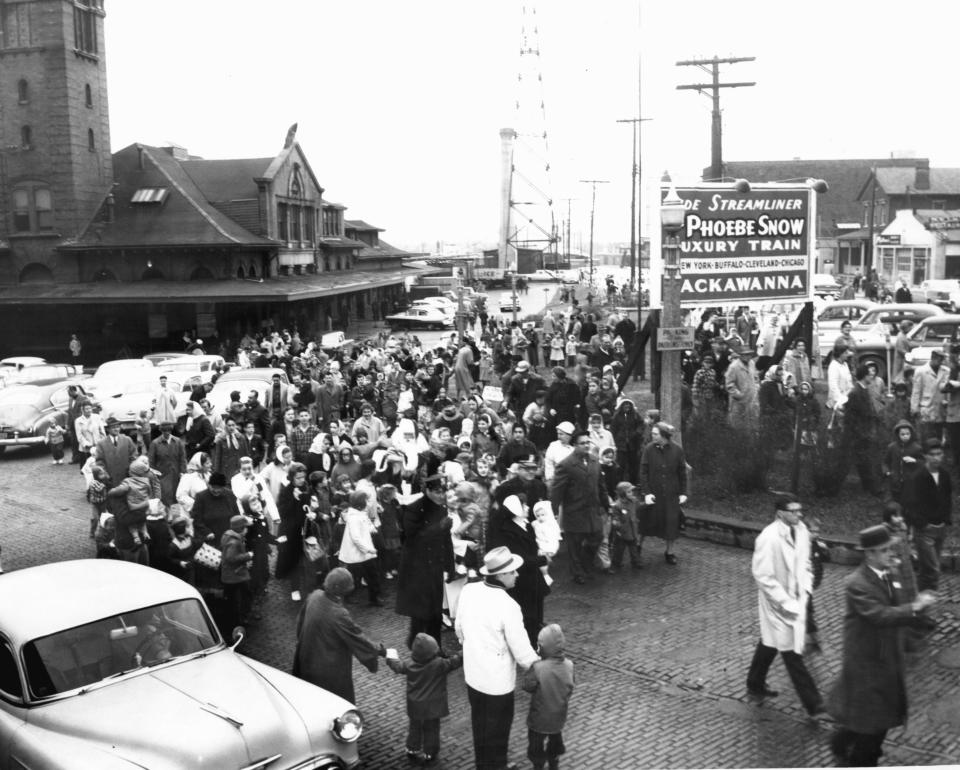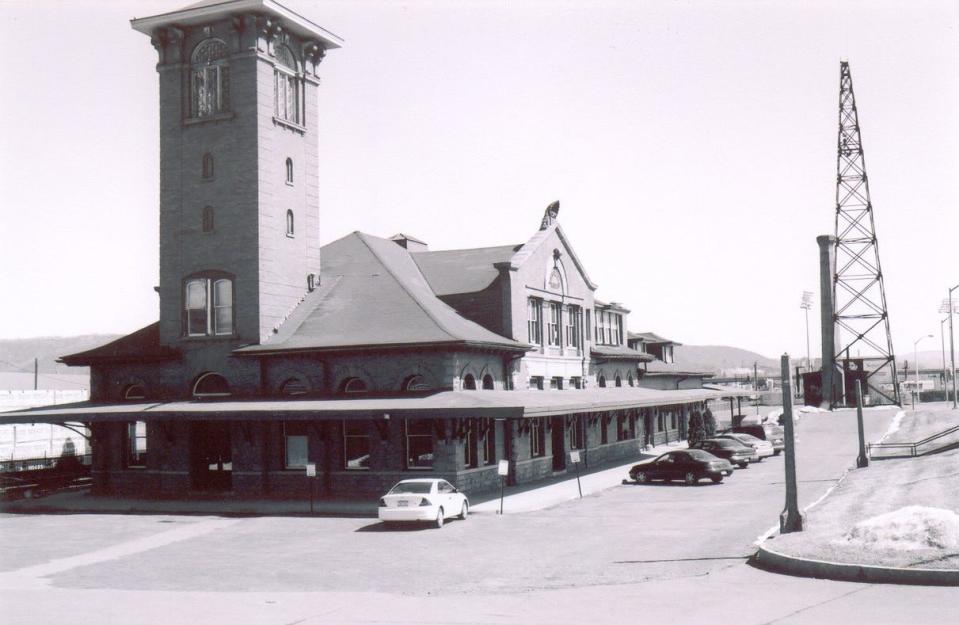Radio history was made in Binghamton and one landmark still stands
- Oops!Something went wrong.Please try again later.
It was 1913, the year of the Binghamton Clothing Company Fire, and the year after the Triangle Shirtwaist Fire and the sinking of the Titanic.
Several major disasters that had left the region and the nation reeling from the loss of human life amidst a growing industrial base in the country. Thousands of immigrants were arriving to find new lives and work among the huddling masses. Many of those would make their way to the Binghamton area to find employment in the many cigar and shoe factories scattered on the landscape.
It was important to find a feel-good moment in the ever-rapidly increasing technology world that was changing the way we performed our work and lived our lives. Communication growth was one aspect of those changes. The number of newspapers and their influence was important, but so was the development of what we today call radio – originally known as wireless telegraphy, using radio waves to transmit telegraphic signals from point to point.

The first practical incarnation of wireless telegraphy was created by Guglielmo Marconi of Italy. The discovery of those waves had been made only about two decades prior to his use of those to transmit telegraph signals. In 1897, he formed the Wireless Telegraph & Signal Company in the United Kingdom. The company would later be called the Marconi Wireless Company, and continued to work on the ability to send these wireless signals farther and farther. Eventually, he also worked to see if these signals could be transmitted and received by moving objects, such as ships at sea and railroad trains.

It was this later object to which Binghamton played an instrumental role. Marconi had hired a young Jewish-born man from Belarus and engineer named David Sarnoff in 1906. Sarnoff started as an office boy, but rose throughout the ranks to become commercial manager of the company. He was in charge with several of the Marconi stations, including one located at Wanamaker Department Store. In 1912, Sarnoff was at that station picking up the signals from the ship Carathian, relaying the sinking of the Titanic and the recovery of some of the passengers.
A year later – in the summer of 1913, the Marconi company decided to build a series of towers for the transmission of these wireless telegraphic signals between moving trains. The rails of the Lackawanna railroad system between Scranton and Binghamton were selected for the experiment. During the late summer and early fall, construction began on four towers — one pair in each city that would allow for the transmission and receiving of signals.
Economy:150 apartments planned for $30 million housing complex in Endicott
Health and safety:John Mack Foundation saved lives in Southern Tier. Bills case highlights its importance
Subscriber exclusive:Dominant on mat and ace in the classroom, Forks' Tyler Ferrara is our Athlete of the Year

In Scranton, one tower was on top of the passenger station and one on a smoke stack. In Binghamton, one tower was atop a metal water tower near the smokestack for the Kilmer Company building at Lewis and Chenango streets. The second tower was constructed adjacent to the Lackawanna Station. Construction began on July 1, 1913, and the tower eventually would rise 97 feet in the air.
Sarnoff came to the area to inspect and oversee the construction of the two towers and to be here to supervise the experiment. Four aerial wires connected the two towers, and a first attempt on Nov. 21 failed, and the second on Nov. 23 could not be completed when the conductor became ill — although the train received that message.
One more attempt on the morning of Nov. 27, when the Lackawanna Limited train left Scranton toward Binghamton traveling 60 miles per hour. The first official message of 350 words comprised of several new articles was transmitted and received by J. J. Graf, the telephone engineer of the Lackawanna railroad. He responded and the days of wireless transmission became a reality — the experiment was more than successful.

Within a short time, the use of wireless telegraphy expanded as Sarnoff later formed the Radio Corporation of America — RCA. The tower near the Kilmer building was taken down in 1925. By that time the main tower was in disuse as the new “radio” system had expanded with the transmission of voice.
In 1998, a historic maker recognized the only remaining Marconi tower in the United States — a metal tower that forever changed the way we communicate.
Gerald Smith is a former Broome County historian. Email him at historysmiths@stny.rr.com.
This article originally appeared on Binghamton Press & Sun-Bulletin: Binghamton Marconi tower was part of 1913 radio experiment

